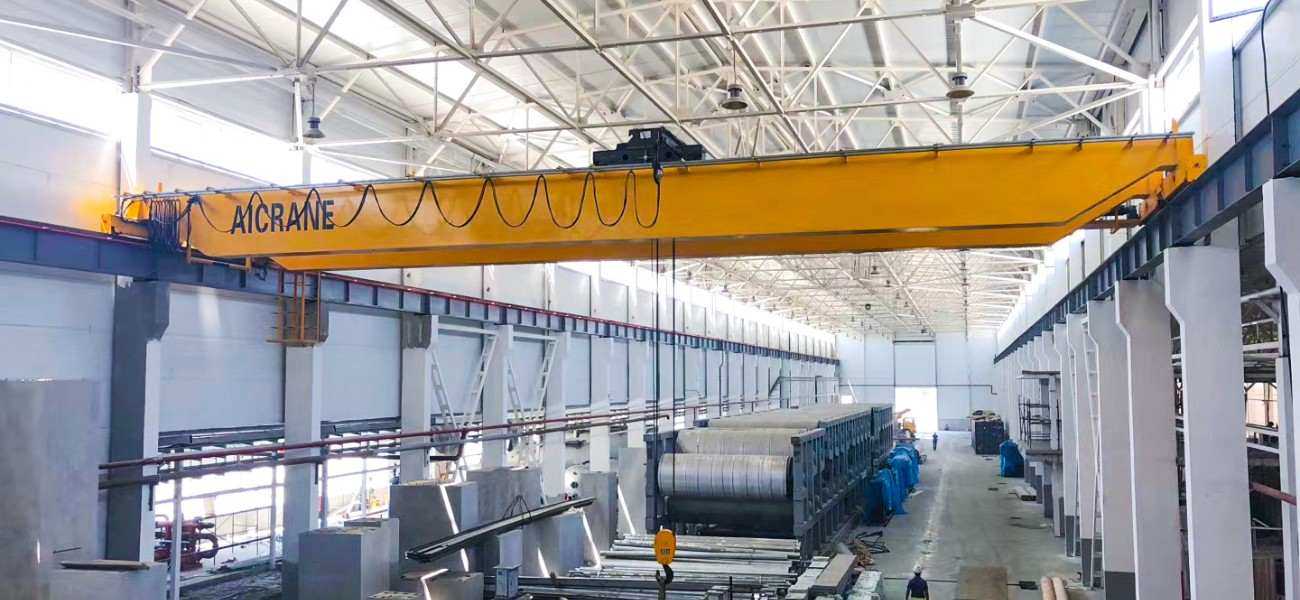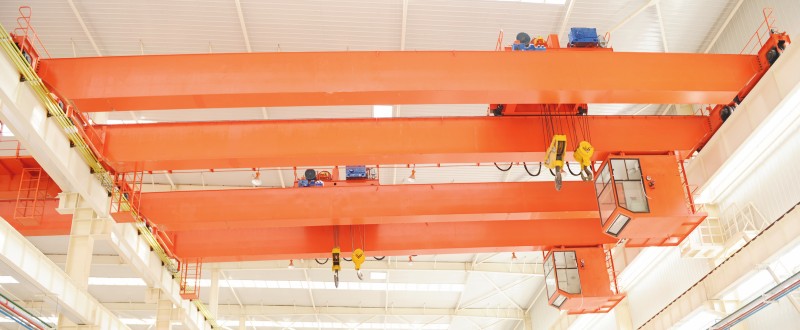Investing in a 40 ton bridge crane is a significant decision for any business involved in heavy lifting operations. Whether used in manufacturing, construction, or warehousing, a 40-ton crane can greatly improve efficiency and productivity. However, this comes with substantial costs, and it’s essential to carefully evaluate all factors before making such an investment. In this article, we will explore the key cost considerations that businesses must take into account when investing in a 40 ton bridge crane.

Initial Purchase Price
The initial purchase price of a 40 ton bridge crane is one of the most obvious and substantial costs involved. Prices for a 40 ton crane can vary greatly depending on the manufacturer, model, and included features. Factors such as the type of overhead crane (e.g., single girder vs. double girder), the materials used in its construction, and the crane’s technological capabilities will all influence the price. Additionally, if custom specifications or specific features are needed, such as advanced control systems, specialized hoists, or custom lifting mechanisms, the price may increase.
Tip: It’s crucial to compare different manufacturers and crane models to ensure you’re getting the best value for your investment. Take into account the reputation of the manufacturer, warranty offerings, and available after-sales support.
Installation Costs
The installation of a 40 ton bridge crane is another significant cost to consider. Installing a crane of this size requires a team of qualified professionals, as well as specialized equipment and tools. Installation costs can be affected by several factors, including:
- Site Preparation: Before installation, the facility may need modifications to accommodate the crane. This could involve reinforcing the building structure, adjusting the height of the beams, or ensuring that the floor is level and capable of supporting the weight of the crane.
- Transportation and Handling: Moving a large overhead crane to your facility can be costly, particularly if the crane needs to be transported over long distances or through difficult terrain. Delivery fees can vary based on the shipping distance and whether any special equipment is required to transport the crane.
- Labor Costs: Skilled labor is required for the assembly, wiring, and testing of the crane. The more complex the installation, the higher the labor costs.
Tip: Work with your crane supplier to get an accurate estimate of installation costs, and be sure to factor these into your budget when making your decision.

Maintenance and Operating Costs
Once installed, a 40 ton bridge crane will require regular maintenance to ensure its smooth operation and longevity. While maintenance costs can vary depending on the usage and condition of the crane, some common expenses include:
- Routine Inspections: Regular inspections are essential for identifying potential issues before they become major problems. Inspections might include checking the crane’s structural components, hoists, motors, and control systems.
- Wear and Tear: Components such as ropes, wheels, and electrical systems may wear down over time and need replacement. Keeping these parts in good working condition will reduce the likelihood of breakdowns.
- Lubrication and Cleaning: Regular lubrication and cleaning of the crane’s moving parts help to prevent friction and corrosion, which could otherwise lead to costly repairs.
- Spare Parts and Repairs: Occasionally, the crane may require unexpected repairs due to equipment failure. The cost of spare parts and repairs will vary depending on the specific model and the availability of parts.
Tip: Invest in a comprehensive maintenance plan that includes both scheduled maintenance and emergency repairs. This can help mitigate downtime and extend the life of your crane.
Energy and Operational Efficiency
The operational costs of a 40 ton bridge crane are directly related to its energy consumption. Cranes with advanced drive systems, energy-efficient motors, and automated control systems are often more energy-efficient, reducing the overall cost of operation.
- Energy Consumption: Cranes are typically powered by electricity, and depending on the frequency of use, the electricity costs can add up over time. It’s important to choose a crane that offers optimal power consumption to minimize energy costs.
- Operational Efficiency: A well-designed crane that operates efficiently, with features such as variable speed control and regenerative braking, can reduce the amount of energy required during operation. Additionally, an efficient crane can help speed up lifting and handling tasks, potentially reducing labor costs.
Tip: When selecting a crane, consider energy-efficient models that can help reduce operational expenses in the long term.
Training and Safety Costs
Operating a 40 ton bridge crane requires specialized training to ensure that the crane is used safely and effectively. Training costs can include the following:
- Operator Training: Crane operators must undergo training to understand the proper handling of the crane, load limits, safety protocols, and emergency procedures. Many manufacturers or crane suppliers offer operator training programs, which should be factored into your investment cost.
- Safety Equipment: Depending on the workplace environment, you may need to invest in additional safety equipment, such as fall protection, helmets, and harnesses. Safety systems integrated into the crane, such as load sensors, anti-collision technology, and overload protection, can also add to the initial purchase price but improve safety.
Tip: Prioritize training and safety to prevent accidents that could lead to downtime, costly repairs, or worker injuries.
Warranty and After-Sales Support
Finally, it’s important to consider the warranty and after-sales support provided by the manufacturer or supplier. A strong warranty can protect you from unexpected repair costs in the event of early component failure, while robust after-sales support can ensure that you have access to necessary spare parts, technical assistance, and maintenance services.
Tip: Be sure to understand the terms of the warranty and what is covered. Additionally, choose a supplier that offers reliable after-sales support, including training, troubleshooting, and fast delivery of parts.
Investing in a 40 ton bridge crane is a major financial commitment that requires careful planning and consideration. By understanding the key cost factors—such as the initial purchase price, installation, maintenance, operational expenses, and training—you can make a more informed decision that aligns with your business’s needs and budget. With proper planning, a 40-ton bridge crane can significantly enhance productivity and efficiency, providing long-term benefits that justify the initial investment.
